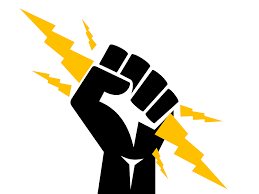Changing Landscapes
/This may come as a shock to some, but a lot can change in just half a century. A little short of fifty years ago, the then coveted Kenbak I personal computer was selling for $750—which, when adjusted for inflation, comes to $4,659 by today’s standards. Fast forward a few decades: it’s 2018 and no reasonable person dares spend that much on what is now the hallmark of ubiquitous commodities. Times really have changed.
Just look at any other breakthrough technology and you’re likely to spot a common pattern: first there’s the initially questionable market viability because of high costs. This tends to be followed by initial sales and capital investment driving the development of more efficient processing systems. Greater efficiency leads to an increase in demand often resulting from the increase in user-friendliness. And, finally, a decrease in cost thereby making once rare technologies more widely accessible. Groundbreaking, right?
Anyway, the question remains as to where solar technologies fit into this picture. Like any industry in its youth, the benefits don’t always outweigh the costs when money is an issue for those who stand to benefit the most. But thanks to ongoing research in solar cell efficiency and growing concerns about sustainability, costs may not present as much of a barrier as the technology catches up with public interest. A pioneer of decentralized, clean energy in West Africa, WirelessPawa.com entered the game to meet the public’s needs along each step of the way. Stay tuned as we keep up with the latest industry developments and help pave the way to a greener future—for all of us.

